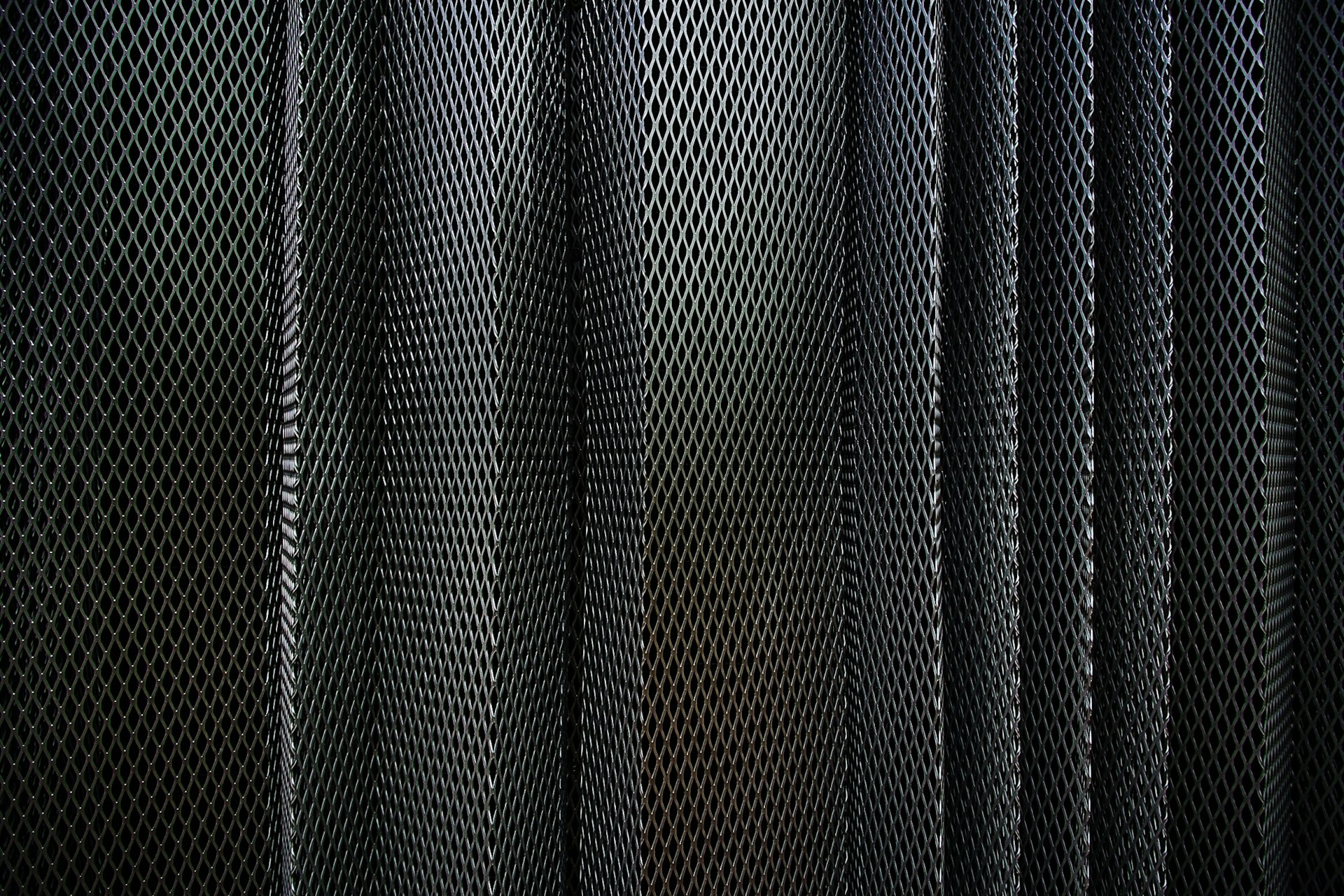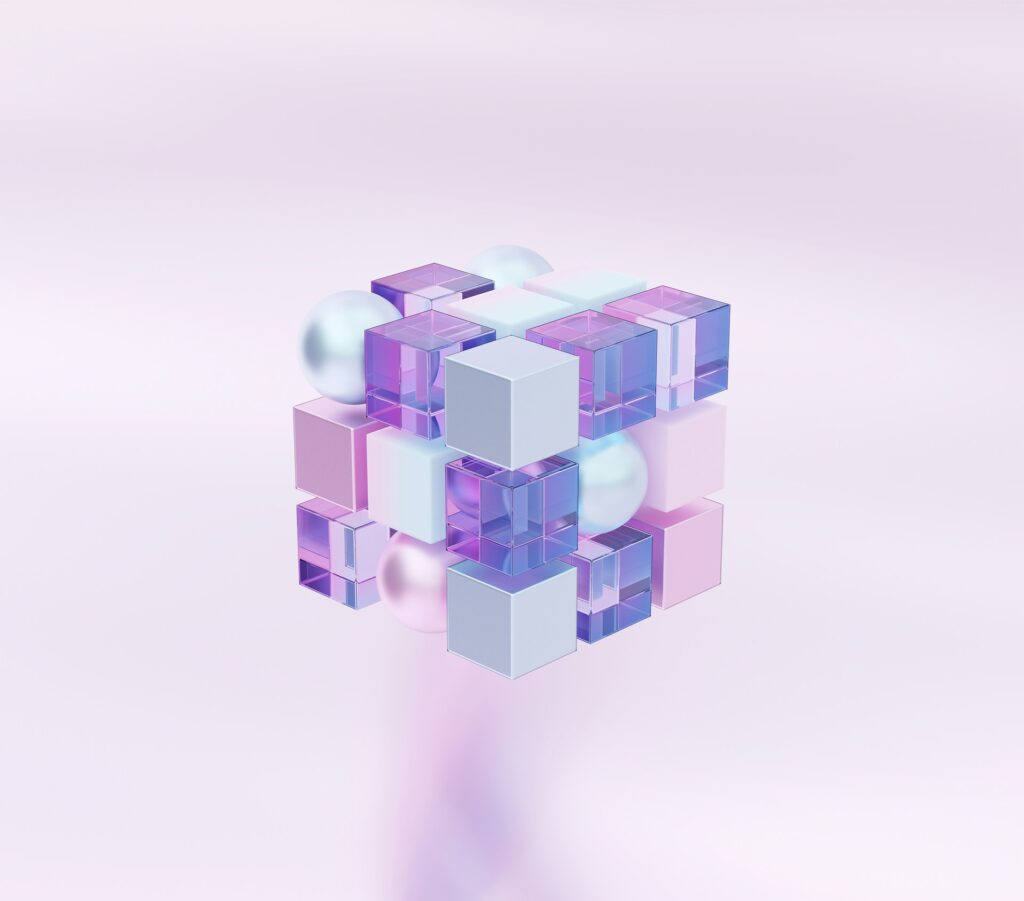The study is led by Professor Mohamad Moosavi from the Department of Chemical Engineering and Applied Chemistry at the University of Toronto, working in collaboration with the Vector Institute. His team has developed an open-access AI system designed to organize and reason about the rapidly expanding field of metal–organic frameworks. This new platform, called MOF-ChemUnity, merges large-language-model workflows with a structured knowledge graph to bring order and clarity to thousands of MOFs, their properties, synthesis methods, and applications.
Pruyn, T. M., Aswad, A., Khan, S. T., Huang, J., Black, R., & Moosavi, S. M. (2025). MOF-ChemUnity: Literature-Informed Large Language Models for Metal–Organic Framework Research. Journal of the American Chemical Society. https://doi.org/10.1021/jacs.5c11789
Metal–organic frameworks are porous materials composed of metal nodes joined by organic linkers. Their tunable chemistry and extremely high internal surface area give them versatility across carbon capture, catalysis, gas storage, drug delivery, and sensing. With research now spanning more than two dozen scientific domains, it has become increasingly difficult for researchers and discovery tools to track literature, computational outputs, and synthesis protocols. The rapid growth of information presents challenges not only for scientists but also for AI systems tasked with accelerating materials discovery.
Professor Mohamad Moosavi from the Department of Chemical Engineering and Applied Chemistry at the University of Toronto stated,
“This work will help break down silos in scientific research. Human researchers are limited by the number of papers they can read, but MOF-ChemUnity takes a first step toward enabling AI systems that can process data across fields. It establishes a new paradigm for literature-informed discovery, and we envision it as the beginning of generalized knowledge systems that can accelerate research across many fields.”
MOF-ChemUnity responds to this challenge by constructing a scalable, machine-readable map of MOF research. The system automatically extracts and connects information drawn from published studies, crystal structure databases, and computational repositories. Through a multi-agent large-language-model framework, the tool resolves ambiguities in chemical names used across research papers and links them to the correct structural records. This process allows synthesis routes, geometric features, adsorption behavior, and real-world applications to be combined into a unified representation.
A key strength of the system lies in its integration with an AI assistant that operates directly on the knowledge graph. Rather than producing responses based solely on statistical text patterns, the assistant is grounded in experimentally validated and computationally derived records. Expert evaluations found that its answers were more accurate, interpretable, and reliable than those of conventional large-language-model systems.
Professor Moosavi explains that this grounding significantly reduces hallucinations, one of the major limitations when applying large-language-model technology to scientific inquiry. By anchoring responses in linked literature and structured data, MOF-ChemUnity enables more rigorous and dependable scientific reasoning.
In support of open science, the full dataset and codebase, including the knowledge graph architecture and the agents responsible for building and querying it, have been made freely accessible to the research community. The project is funded by the National Research Council of Canada’s Materials for Clean Fuels Challenge Program, along with additional support from the Acceleration Consortium and the Data Science Institute at the University of Toronto.
The broader implications of MOF-ChemUnity extend beyond any single research domain. Professor Moosavi believes the tool represents an early step toward a shift in how scientific knowledge is organized and accessed. By enabling AI systems to reason through well-curated, literature-grounded graphs, the platform encourages the breakdown of disciplinary silos and supports more integrated scientific discovery.
As research on metal–organic frameworks continues to expand, tools such as MOF-ChemUnity may become crucial for navigating the increasingly complex chemical landscape, guiding future breakthroughs, and enabling both researchers and AI systems to operate with greater intelligence and reliability.

Adrian graduated with a Masters Degree (1st Class Honours) in Chemical Engineering from Chester University along with Harris. His master’s research aimed to develop a standardadised clean water oxygenation transfer procedure to test bubble diffusers that are currently used in the wastewater industry commercial market. He has also undergone placments in both US and China primarely focused within the R&D department and is an associate member of the Institute of Chemical Engineers (IChemE).



